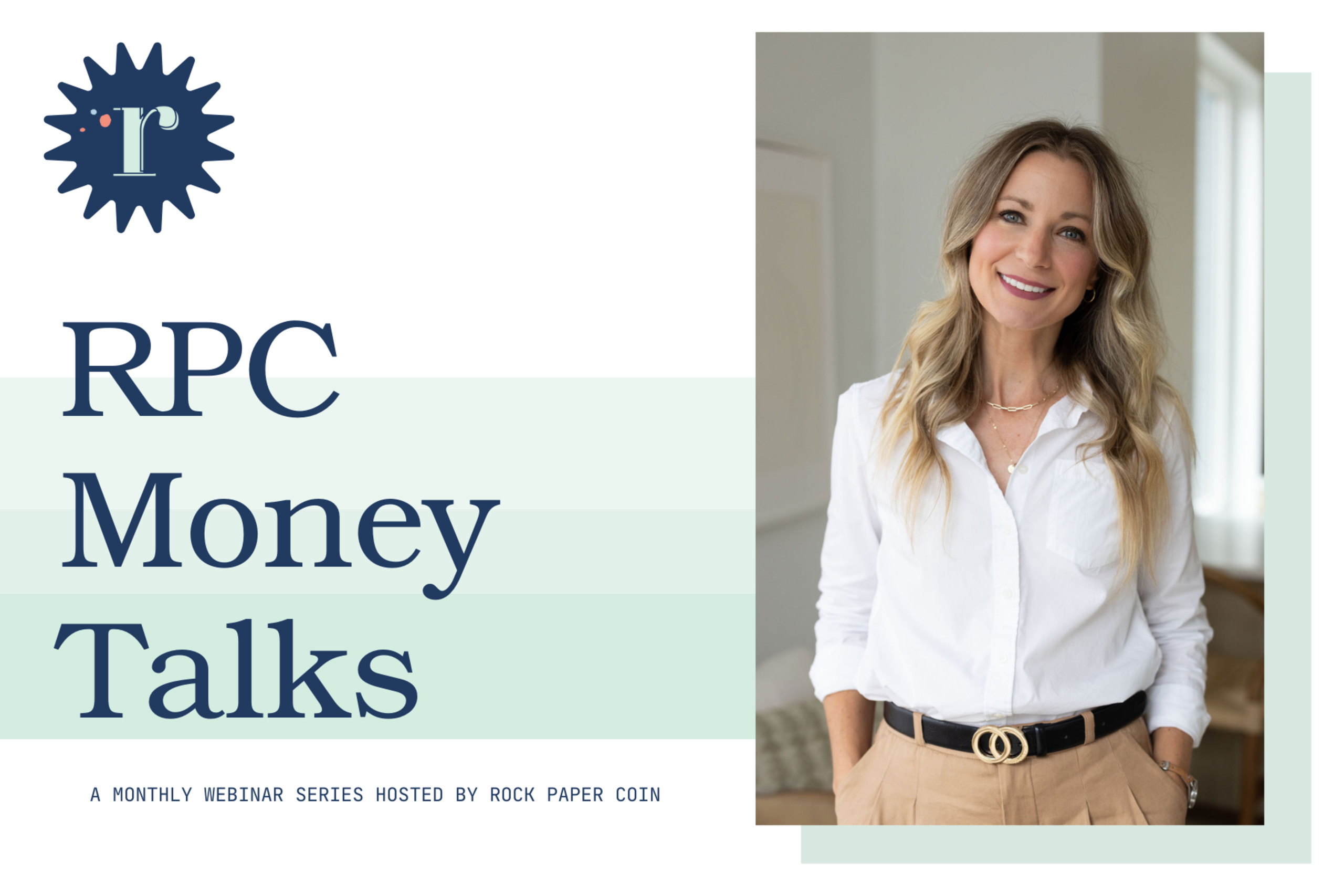Imagine you’re a small business owner, juggling tasks like a circus performer trying to keep flaming torches aloft while dancing on a tightrope. In this high-stakes act, every decision you make is like a piece of a complex puzzle. Especially when it comes to marketing. Welcome, dear reader, to the world of Return on Investment (ROI) versus Return on Time (ROT) – two crucial factors that shape the marketing landscape for small businesses.
Navigating these waters demands finesse and strategy. In this article, we’re taking you on a deep dive into understanding how to strike the perfect balance between ROI and ROT. From deciphering the intricate math behind ROI to harnessing the power of your most valuable resource – time – we’re unraveling the secrets to making your marketing efforts count.
Understanding Return on Investment (ROI) and Return on Time (ROT)
Let’s simplify things. ROI is like your financial compass – it tells you whether your marketing efforts are yielding more than they’re costing. It’s the math of subtracting expenses from the revenue generated, all bundled into a neat, telling number.
Now, meet ROT – the value placed on your time as if it were a rare gemstone. It’s about evaluating not just dollars and cents, but also the precious hours and minutes you invest in your marketing activities.
But here’s the catch: while ROI is relatively straightforward to measure, ROT is often an elusive and underestimated factor. As a small business owner, your time is a limited resource, and how you invest it can be the difference between a thriving enterprise and a struggling one.
Evaluating Marketing Strategies: ROI-focused Approaches
You know that saying about “money talks”? Well, in marketing, ROI speaks volumes. Calculating it is more like following a recipe for a cake: mix your earnings, subtract your costs, and voilà! A slice of marketing success.
But hang on – don’t get so wrapped up in the cash that you forget the intangibles. Think of brand reputation, customer loyalty, and your place in the market as crucial pieces of the puzzle that complete the picture.
For instance, consider a small bakery that invested in a social media campaign. The immediate ROI might show a boost in sales, but what about the lasting impact? Customer loyalty, increased visibility, and word-of-mouth recommendations are all parts of the ROT equation that continue to pay dividends long after the initial campaign.
Speaking of puzzles, let’s unravel those marketing metrics that are as important as the pieces of a strategic game. Conversion rates, customer acquisition costs, and customer lifetime value – these are the puzzle pieces that when put together, give you a clear view of your marketing’s impact.
Harnessing Return on Time (ROT): Time-efficient Marketing Strategies
Imagine your time is a sleek sports car – you want to race toward success without burning out the engine. That’s where ROT steps in. Embrace automation and technology like reuniting with a long-lost friend. From email marketing to social media management, these tools are your efficiency superheroes.
And then there’s the social media stage. Content marketing and social media are like your trusty companions on a hike. Consistency and storytelling lead the way, building a path of brand identity and customer trust.
But here’s where the plot thickens. ROT isn’t just about being efficient; it’s about making smart choices that amplify your efforts. Say you’re a boutique clothing store owner. Investing your time in cultivating relationships with local influencers can have a ROT impact that resonates far beyond the hours spent on a single collaboration.
Now, let’s talk about networking – it’s like building a support system without tripping over shoelaces. Rub shoulders with industry experts, collaborate with fellow adventurers, and even try your hand at influencer marketing. It’s like forming a team of marketing allies.
Striking the Balance: Integrating ROI and ROT for Effective Decision-Making
Imagine you’re a conductor leading an orchestra, blending the melodies of ROI and ROT to create a harmonious symphony. They’re not just instruments; they’re your co-pilots, guiding you towards success.
But don’t just wing it. Set clear goals, prioritize like a pro, and align your marketing strategies with your business objectives. It’s like having a map to guide you on a journey.
Now, let’s peek behind the curtain at a small business’s journey. They navigated the waters of ROI and ROT, crafting a tale of resilience, innovation, and a touch of marketing genius. It’s a case study that proves the power of a balanced approach.
Tools and Resources: Navigating the ROI vs. ROT Dilemma
Enter the realm of marketing tools – software solutions and analytics resources that illuminate the path ahead. Budget allocation becomes an art form, ensuring every dollar contributes to both ROI and ROT goals.
And don’t forget the mentors and experts – they’re like guides on a challenging hike, showing you the shortcuts and breathtaking vistas along the way. Their wisdom can be your compass through the marketing maze.
As the curtains fall on our marketing journey, remember this: the interplay between Return on Investment and Return on Time is like a dance. Balancing financial gains and time investments is your recipe for success. So step confidently, armed with the knowledge of marketing ROI and ROT. Your marketing adventure awaits, and the spotlight is yours to claim.
In the end, mastering the art of ROI and ROT isn’t about circus tricks or tightrope walks – it’s about making thoughtful choices that lead your small business towards a prosperous future. So go ahead, embrace the challenge, and watch your marketing efforts transform into a symphony of success.
Ready to take your event business to the next level? Get a free trial of Rock Paper Coin’s business transaction management software when you sign up today.



